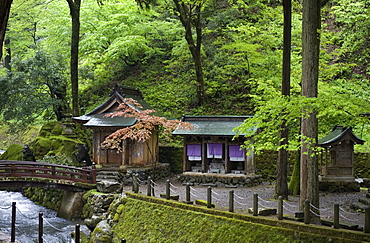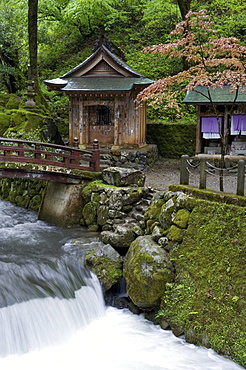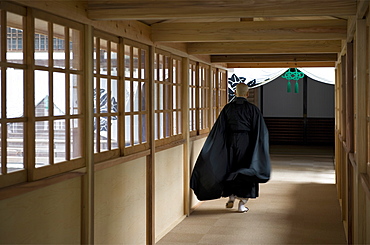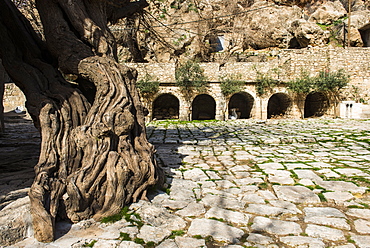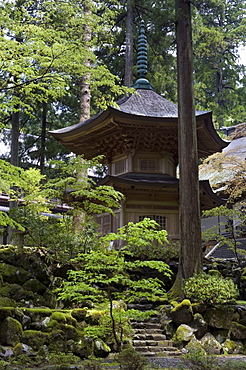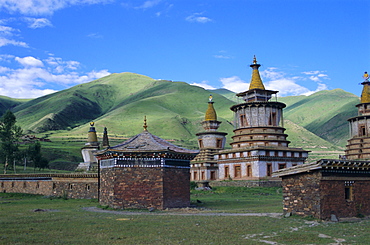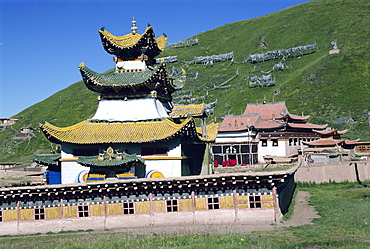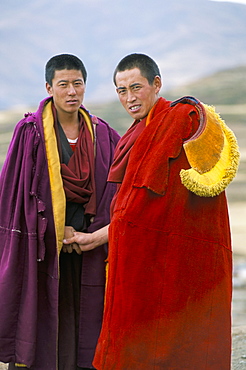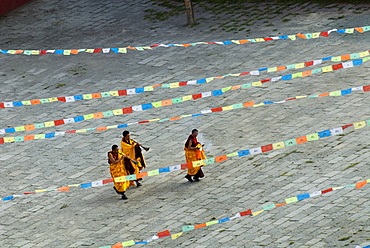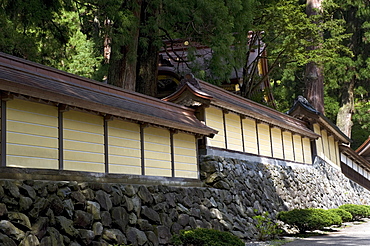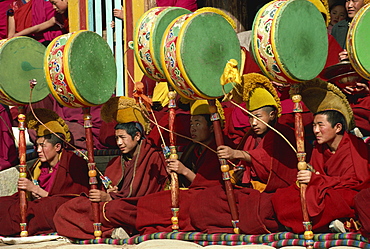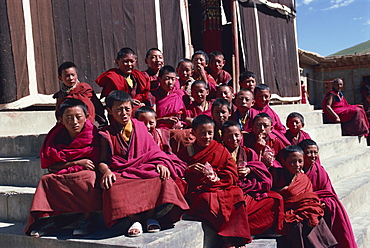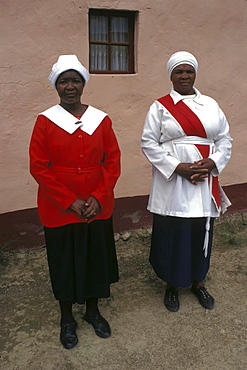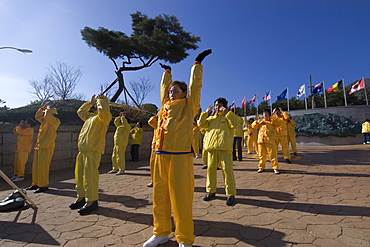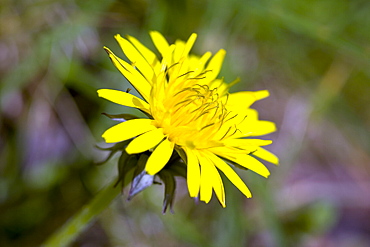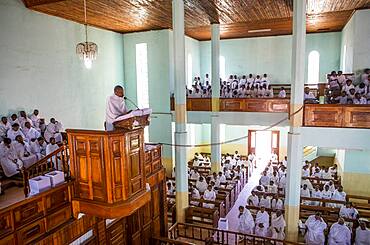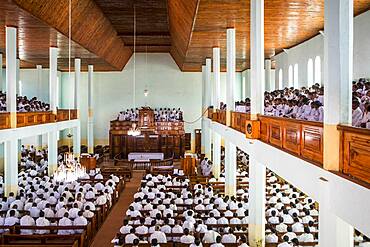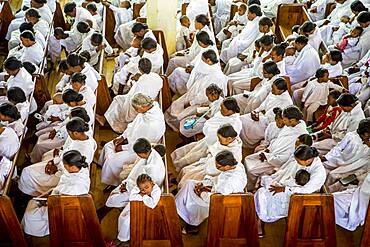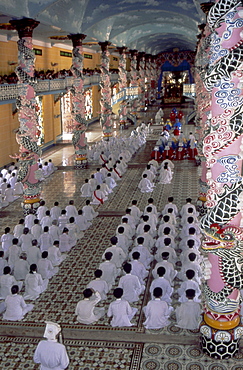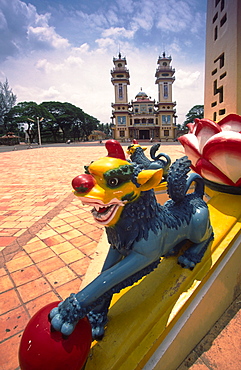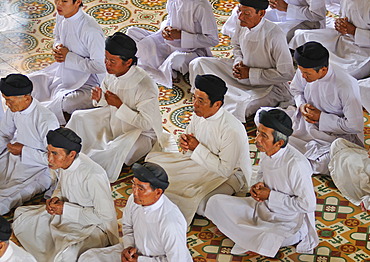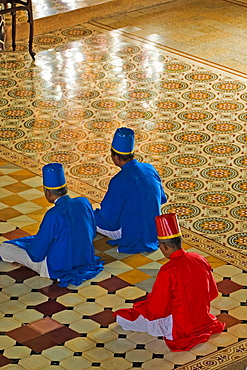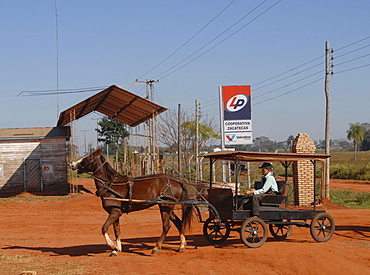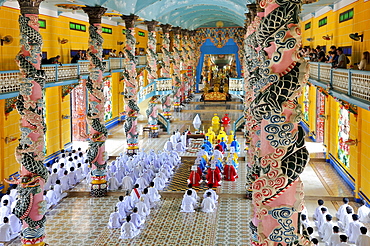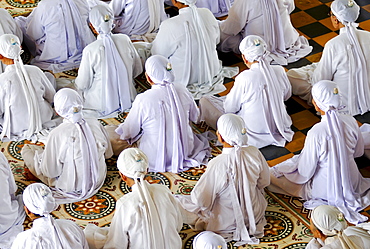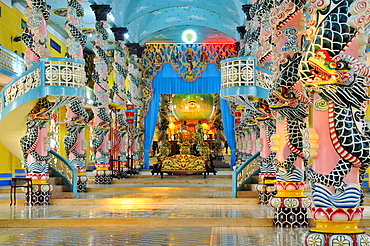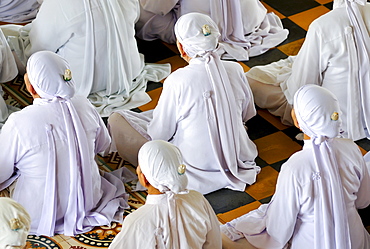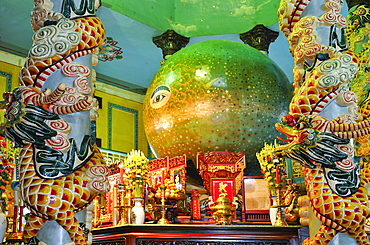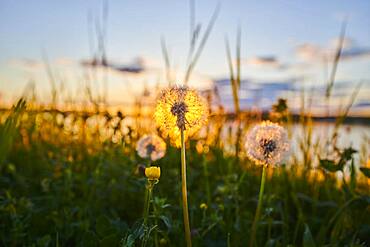Results
34 results found
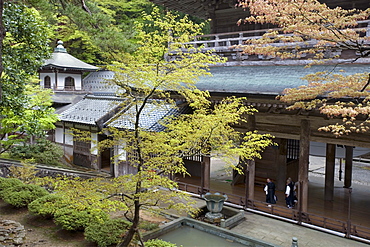
Monks inside main Sanmon Gate at Eiheiji Temple, headquarters of the Soto sect of Zen Buddhism, Fukui, Japan
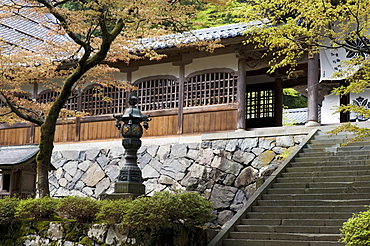
Stairway at Chujakumon gate at Eiheiji Temple, headquarters of Soto sect of Zen Buddhism, Fukui, Japan
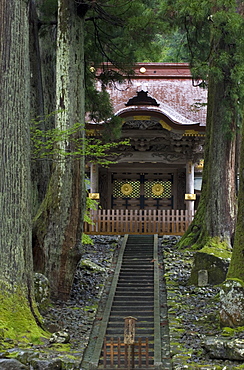
Chokushimon Imperial Gate at Eiheiji Temple, headquarters of the Soto sect of Zen Buddhism, in Fukui, Japan
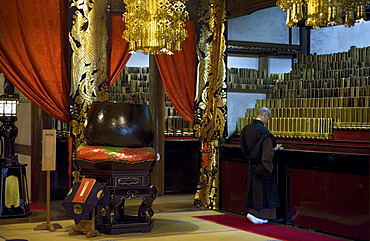
Monk inside Shidoden Memorial Hall at Eiheiji Temple, headquarters of the Soto sect of Zen Buddhism, Fukui, Japan
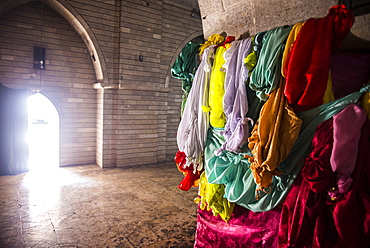
Tomb of Sex Adi (Sheikh Adi Ibn Musafir) in the Lalish capital of the Kurdish sect of the Yazidis in Iraq Kurdistan, Iraq, Middle East
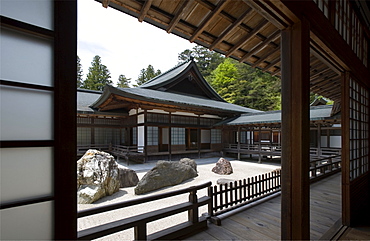
Dry landscape garden (Banryutei) at Buddhist Shingon sect Kongobuji Temple on Mount Koya, Wakayama, Japan, Asia
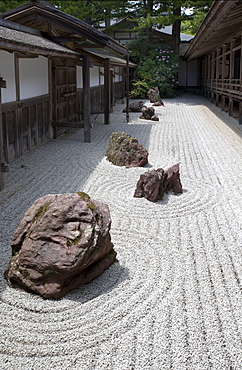
Narrow rock garden at Kongobuji Temple, the Shingon Buddhist sect headquarters, on Mount Koya, Wakayama, Japan, Asia
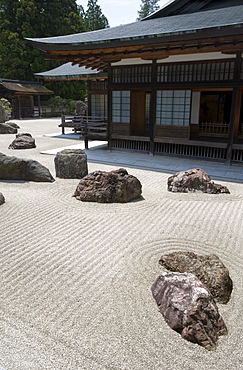
Dry landscape garden (Banryutei) at Buddhist Shingon sect Kongobuji Temple on Mount Koya, Wakayama, Japan, Asia
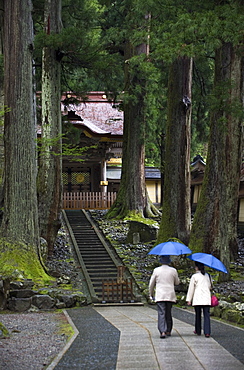
Visitors at Chokushimon Imperial Gate at Eiheiji Temple, headquarters of the Soto sect of Zen Buddhism, in Fukui, Japan
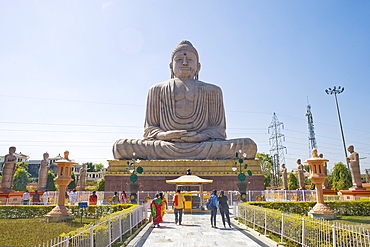
The 80-foot high Great Buddha Statue (Daibutsu), built by the Daijokyo Sect of Nagoya, Japan, unveiled by the XIV Dalai Lama in 1989,Bodh Gaya, Bihar, India, Asia
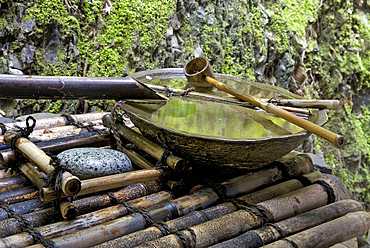
Sosu, a bamboo water fountain at Eikan-do Zenrin-ji, head temple for the Seizan branch of Jodo-Shu (Pure Land) Buddhist sect, Kyoto, Japan

Eikan-do Zenrin-ji, head temple for the Seizan branch of Jodo-Shu (Pure Land) Buddhist sect, Kyoto, Japan

Nanzenji Temple, the head temple within the Rinzai sect of Japanese Zen Buddhism, Kyoto, Japan, Asia
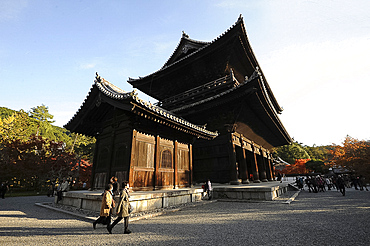
Nanzenji Temple, the head temple within the Rinzai sect of Japanese Zen Buddhism, Kyoto, Japan, Asia

Stakna Monastery (Stakna Gompa), a Buddhist monastery of the Drugpa sect in Stakna, Leh district, Ladakh, northern India, Asia

Woman from Sonapur, east of Guwahati, of the Shakti (sun worship) sect, dressed traditionally in red, garlanded, with temple red on forehead, Kamakhya temple, Guwahati, Assam, India, Asia
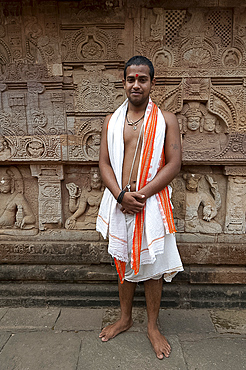
Monk of the Saiva Pasupata sect outside the 7th century Parasurameswar Hindu temple dedicated to Shiva, Bhubaneshwar, Orissa, India, Asia
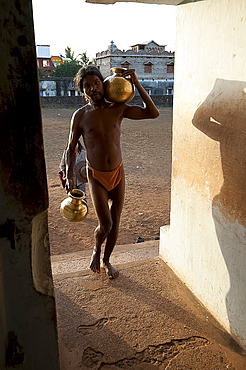
Monk, follower of Mahima Dharma sect, wearing orange loincloth carrying brass pots of water into the temple at sunset, Joranda, Orissa, India, Asia

Rows of monks at prayer inside a temple of the Caodai religious sect, at Tay Ninh, Vietnam, Indochina, Southeast Asia, Asia

Yazidi woman in Lalish capital of the Kurdish sect of the Yazidis in Iraq Kurdistan, Iraq, Middle East
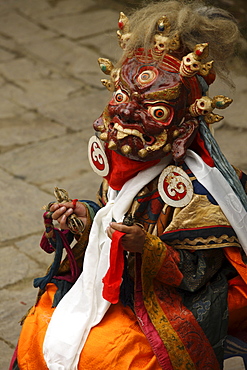
A solitary mask dancer appears wearing a frightening mask and silk brocade. they circle the courtyard with sprightly leaps. called protectors of faith, or dharmapdla, the origins of figures like these can be traced back to the pre-aryan peoples of india. originally known as yaksas (literally, a wondrous thing), they were tree spirits, who were accepted by the buddhists as defenders of the faith. in nepal and tibet, as in india, local deities were converted into protectors. a devotee of an alien sect devised a means to humiliate the buddha and his disciples. the buddha discovered it and succeeded in converting him to his teaching. due to lack of wisdom, the buddha remarked, some could not realize the goodness of his disciples and he compared the ignorant to the blind and the wise to those who have eyes.nobody is condemned in buddhism, for greatness is latent even in the seemingly lowliest just as lotuses spring from muddy ponds. -the dhammapada. solu khumbu, nepal

Shrine of El Maximon in Santiago De Atitlan, Guatemala. Maximon saint/devil is one of the strongest remnants of the Mayan faith
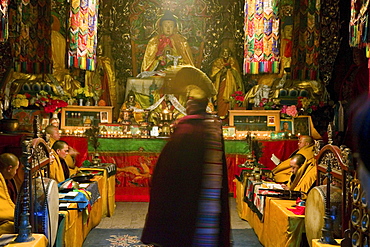
Monks in Pusa Ding temple at morning prayer, Yellow Hat sect of Tibetan Buddhism, Mount Wutai, Wutai Shan, Five Terrace Mountain, Buddhist Centre, town of Taihuai, Shanxi province, China

December 12, 2020, San Antonio, Texas, USA: The San Antonio Texas Temple is the 120th operating temple of The Church of Jesus Christ of Latter-day Saints (LDS Church)

December 12, 2020, San Antonio, Texas, USA: The San Antonio Texas Temple is the 120th operating temple of The Church of Jesus Christ of Latter-day Saints (LDS Church)

Yamabushi follower, mountain ascetics, Buddhist sect, priest invoking the deity at the fire, Iwakura, Japan, East Asia, Asia
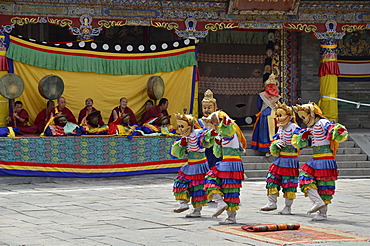
Tibetan Buddhism, religious masked Cham dance, at the important Kumbum Monastery, Gelug or Gelug-pa yellow hat sect, Ta'er Monastery, Huangzhong, Xinning, Qinghai, formerly Amdo, Tibet, China, Asia

Praying devout men and women, ceremonial midday prayer in the Cao Dai temple, Tay Ninh, Vietnam, Asia
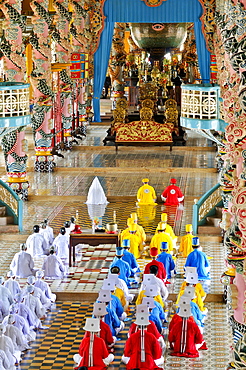
Monks and nuns praying, holy altar "the eye", ceremonial midday prayer in the Cao Dai temple, Tay Ninh, Vietnam, Asia
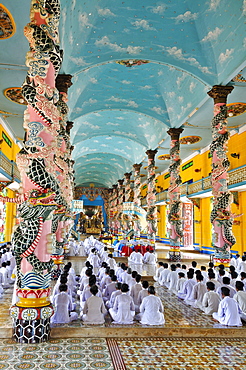
Praying devout men and women, ceremonial midday prayer in the Cao Dai temple, Tay Ninh, Vietnam, Asia
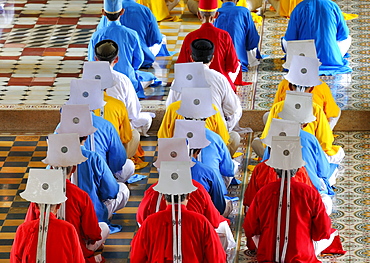
Monks and nuns, colorful robes in red, yellow, blue, praying, ceremonial midday prayer in the Cao Dai temple, Tay Ninh, Vietnam, Asia
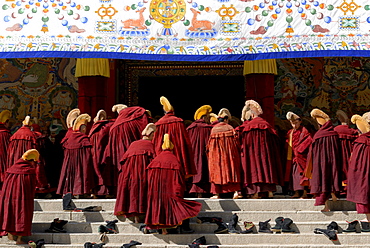
Tibetan monks wearing robes and yellow hats of the Gelug Order or Yellow Hat Sect on the stairs in front of the Assembly Hall, Tibetan Dukhang, the Labrang Monastery, Xiahe, Gansu, China, Asia
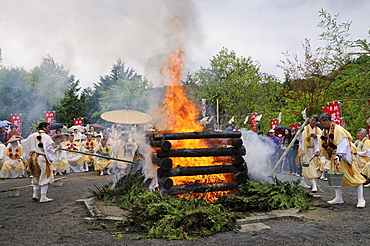
Yamabushi followers, mountain ascetics, Buddhist sect, pushing cedar branches off the fire with bamboo poles, Iwakura, Japan, East Asia, Asia
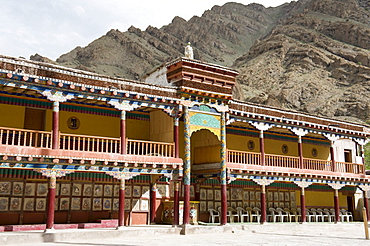
Tibetan Buddhist monastery, Hemis monastery, gallery buildings, Drukpa sect, the Himalayas, Ladakh, Jammu and Kashmir, India, South Asia, Asia

Mass event at Wat Phra Dhammakaya temple, followers holding pictures with Buddha images, Khlong Luang District, Pathum Thani, Bangkok, Thailand, Asia *** IMPORTANT: Image must not be used in a negative context with the Dhammakaya temple ***
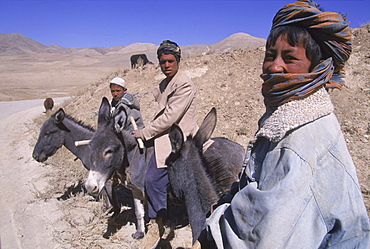
Young boys on donkeys watch over flocks of goats, sheep and donkeys near the top of the Shebar Pass, which crosses into the Province of Bamiyan. Due to a devastating drought in the region, dry wheat farming has failed for three years from 1998-2002 and the forage is extremely sparse, The pass is a strategic point leading into the Central Highlands, the Koh-i-Baba range and the Hazarajat, at the end of the Hindu Kush. Most of the people of this region are of the Hazara tribe, and are Shi'a Moslems who have been persecuted for centuries by many of the Pashtun rulers of Afghanistan, who are from the Sunni sect.
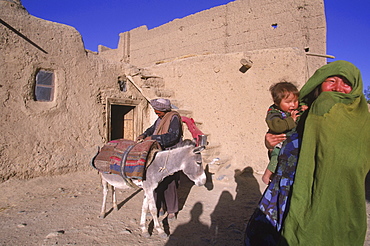
Striking Mongol features distinguish the face of a woman and her child (who is blind) living in the ruins of the Qala-i-Dokthar (Daughter's Castle), outside of the town of Bamiyan, August 30, 2002. Most of the old town was destroyed and up to 20,000 people of the region might have perished when Bamiyan fell to the Taliban in 2001. Bamiyan Valley is located in the Hazarajat at the edge of the Koh-i-Baba range , the end of the Hindu Kush. Bamiyan was a prosperous Buddhist kingdom on the ancient Silk Road until the 10th century, when the region was converted to Islam; in the 12th century, it was destroyed by Ghengis Khan. Most of the people of this region are of the Hazara tribe, and are Shi'a Moslems who have been persecuted for centuries by many of the Pashtun rulers of Afghanistan, who are from the Sunni sect. They most recently suffered at the hand of the Taliban, who tried for years to ethnically cleanse the region of its Shi'a people.

Striking Mongol features distinguish the face of Hamir Mohammed, his daughter and grandson (who is blind), all living in the ruins of the Qala-i-Dokthar (Daughter's Castle), outside of the town of Bamiyan, August 30, 2002. Most of the old town was destroyed and up to 20,000 people of the region might have perished when Bamiyan fell to the Taliban in 2001. Bamiyan Valley is located in the Hazarajat at the edge of the Koh-i-Baba range , the end of the Hindu Kush. Bamiyan was a prosperous Buddhist kingdom on the ancient Silk Road until the 10th century, when the region was converted to Islam; in the 12th century, it was destroyed by Ghengis Khan. Most of the people of this region are of the Hazara tribe, and are Shi'a Moslems who have been persecuted for centuries by many of the Pashtun rulers of Afghanistan, who are from the Sunni sect. They most recently suffered at the hand of the Taliban, who tried for years to ethnically cleanse the region of its Shi'a people
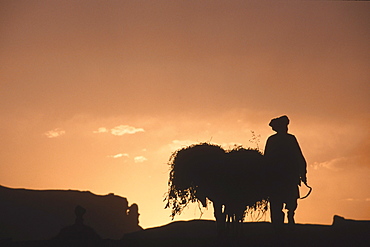
A farmer with his donkey loaded with forage walks toward the setting sun above the town of Bamiyan, August 30, 2002. Most of the old town was destroyed and up to 20,000 people of the region might have perished when Bamiyan fell to the Taliban in 2001. Bamiyan Valley is located in the Hazarajat at the edge of the Koh-i-Baba range , the end of the Hindu Kush. Bamiyan was a prosperous Buddhist kingdom on the ancient Silk Road until the 10th century, when the region was converted to Islam; in the 12th century, it was destroyed by Ghengis Khan. Most of the people of this region are of the Hazara tribe, and are Shi'a Moslems who have been persecuted for centuries by many of the Pashtun rulers of Afghanistan, who are from the Sunni sect. They most recently suffered at the hand of the Taliban, who tried for years to ethnically cleanse the region of its Shi'a people

